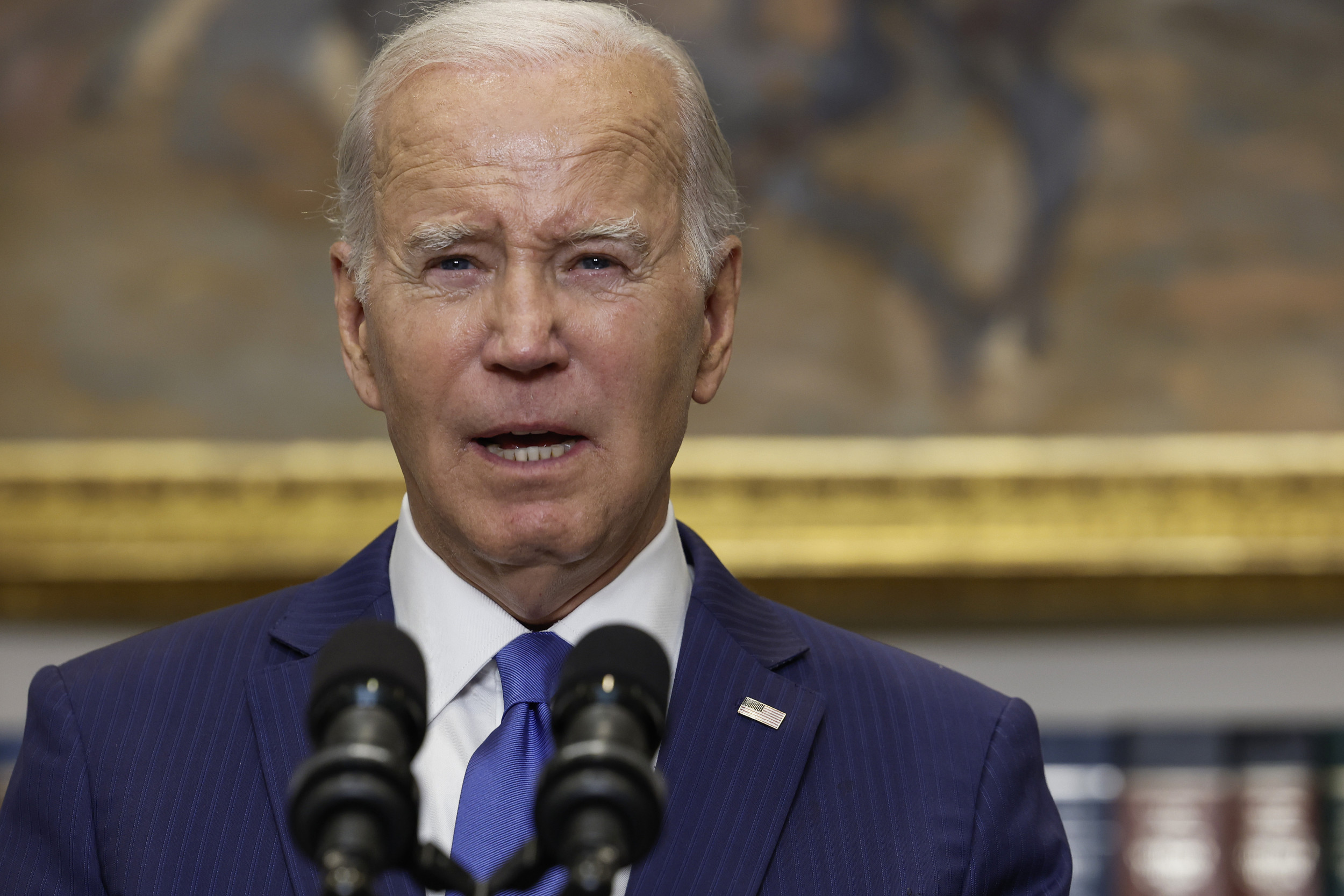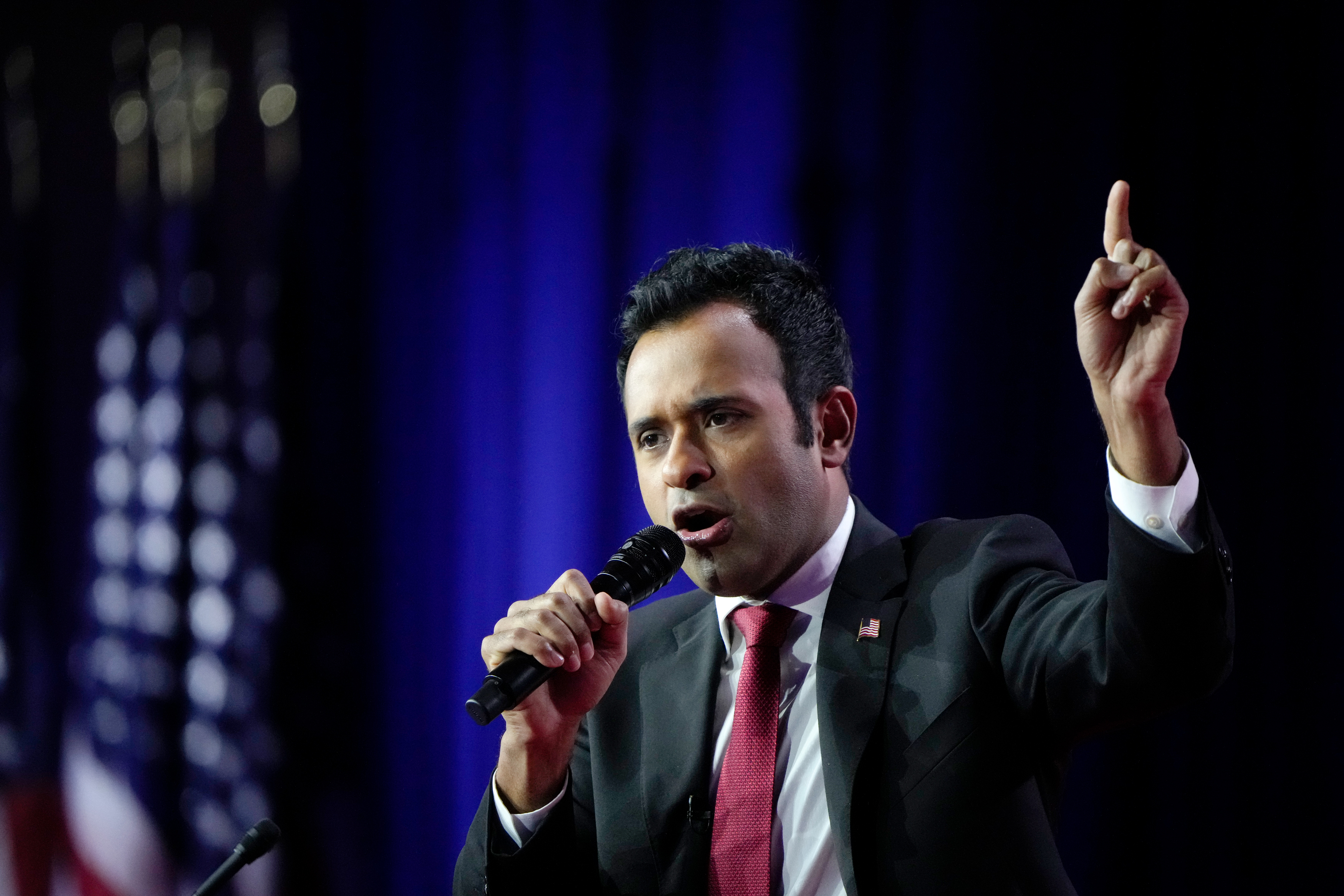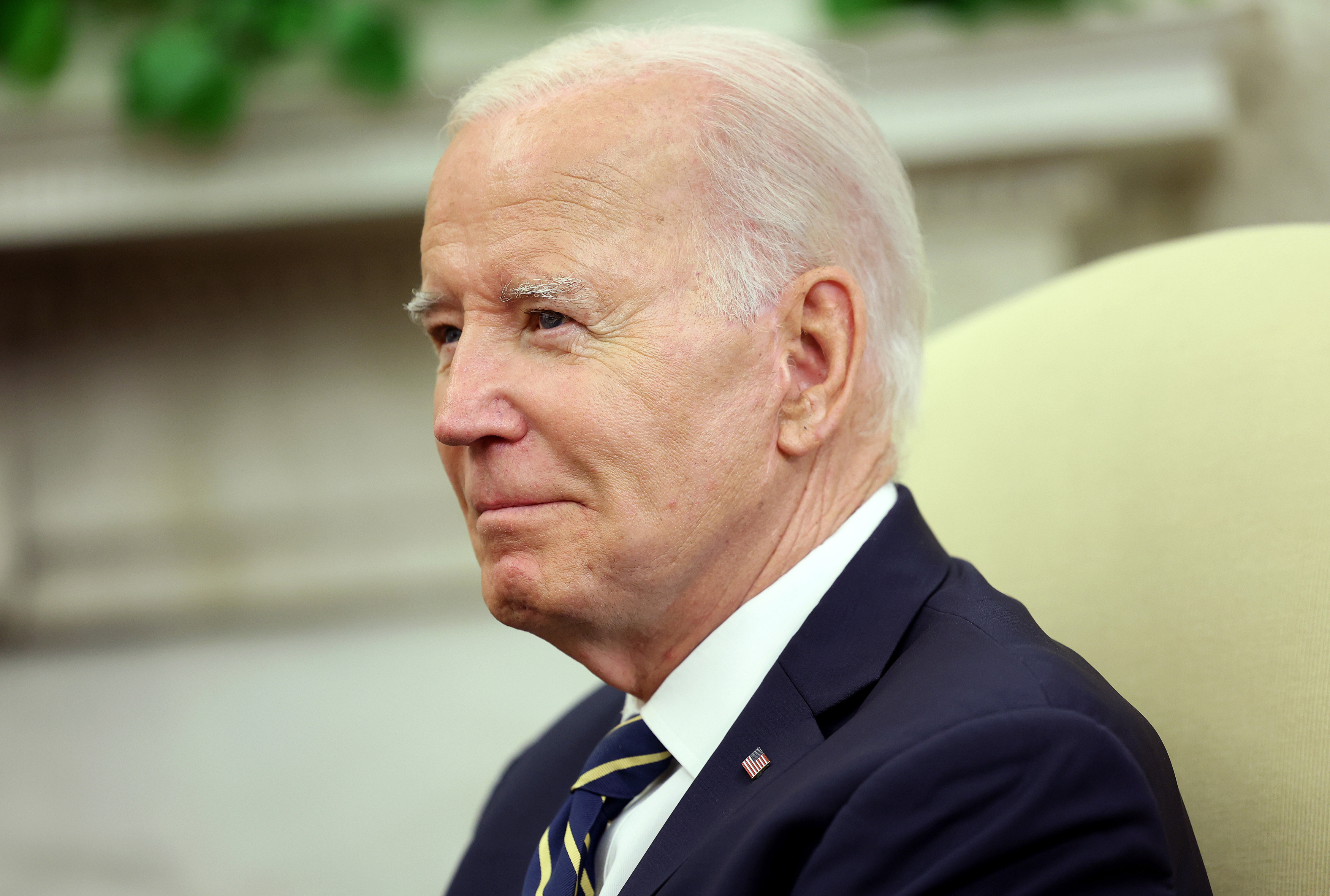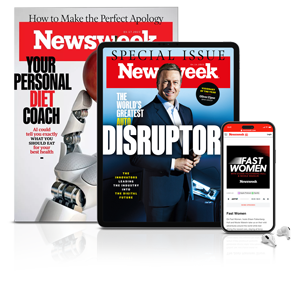
It probably doesn't come as a surprise that most consumers of healthcare in the U.S. feel it is too expensive. In a recent West Health–Gallup study, 93% of Americans report they are paying too much for the quality of care received, and more than half believe their most recent healthcare experience was not worth the cost. As a country, healthcare spending reached $4.3 trillion in 2021 — fully 18% of the country's entire GDP.
So how can we lower the cost and increase the value of American healthcare? Two ideas that have gained a foothold involve reimagining how health insurance — specifically, employer-based insurance — is administered, from the ground up.
Direct-to-Provider Healthcare
Employer-based health insurance covers more than 54% of the U.S. population, which makes this segment the most frequent target of healthcare reform. The current system of employer-provided insurance requires a negotiation of sorts between two parties with competing priorities:
• The employer, who is under constant pressure from both employees and competitors to offer greater benefits for less cost
• The healthcare service provider, who wants to provide care as efficiently and broadly as possible
Complicating this relationship, especially since the onset of the pandemic and the emergence of a remote workforce, is that the employees requiring coverage could live down the street or across the country. Any solution that would meet an employer's needs would need to be sufficiently flexible to accommodate employees wherever they might live.
Rather than take on plan administration themselves, employers have come to rely on third-party administrators (TPAs) to negotiate this relationship. TPAs decrease the burden on an in-house human resources or finance department by customizing and administering the plan, adjudicating claims, and sourcing potential vendors. In exchange, TPAs will charge some combination of fees (per employee, per month) and commission for this service.
Direct-to-provider care seeks to eliminate the role of the TPA by having the healthcare provider work directly with the employer — "settling their differences" without the third-party negotiator/administrator. According to a recent study by the Business Group on Health, the percentage of direct-to-employer healthcare plans is expanding, having grown from 3% in 2018 to 11% in 2019. In one notable example, Henry Ford Health Systems agreed to provide healthcare management and wellness services to General Motors in 2019. And the early results are promising: General Motors saved 17% per member, per month compared to its target in 2019 and 14% in 2020. Boeing, Disney, and Walmart have announced similar direct-to-employer arrangements. Through its Care Accelerator program, Sam's Club is even making these relationships available to consumers.
Healthcare on Demand
Bundling care directly with providers might not be the only option employers have to reduce the healthcare costs of their workforce. Many healthcare insurance companies are attempting to lower costs through unbundled, on-demand care using proprietary algorithms and machine learning to break out certain procedures and reduce health benefit costs. These on-demand models provide upfront, all-in pricing across services and let the consumer choose the service and provider. Models like these don't lock patients into a specific network of healthcare providers but instead, look to lower costs by empowering its members to comparison-shop between different doctors. And it has seen success in lowering the costs of healthcare. According to data from United Health:
• Members were 10 times more likely to access high-value care such as virtual visits and significantly less likely to access expensive care like inpatient surgeries and emergency department visits.
• Employers that introduced plans saw a 15% decrease in costs per member per month compared to high-deductible health plans and a 44% decrease in members' out-of-pocket costs.
• Employees enrolled in a plan reported significantly higher consumer satisfaction compared to industry benchmarks.
Thanks to transparent pricing, these models leverage the active marketplace so that providers can compete on services and consumers reap the benefits of lower costs. Interestingly, the same report suggests that when given choices in care and providers, members selected the most cost-effective treatment option 82% of the time.
While this model holds a great deal of promise, on-demand healthcare is not without risk. Unlike other on-demand services, healthcare can be urgent and unplanned, and consumers might not have the time or agency to choose among providers. In addition, a competition-based model only works when competition exists: In rural areas with few providers, patients might find they have little negotiating power without the protection of a big plan. Plus, some care would require "add-in" coverage, which could cost consumers thousands of dollars.
Is direct-to-employer or on-demand healthcare the future of employer-based health? It's too soon to say, but both of these are trends worth keeping an eye on.








